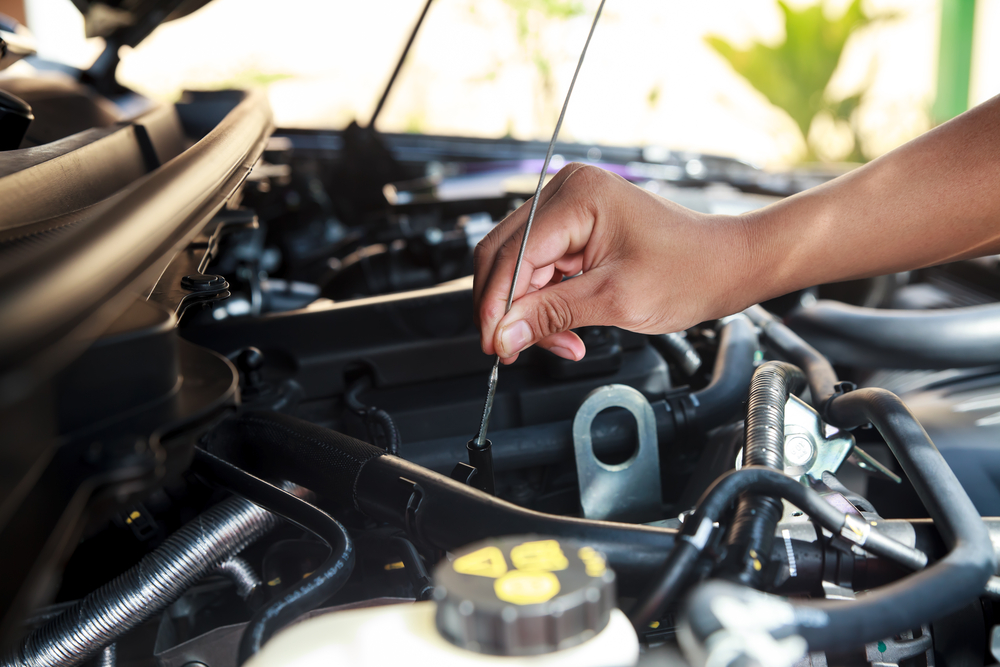All Categories
Featured
Tire turnings are among the simplest yet most reliable upkeep jobs to guarantee your lorry runs efficiently and safely. This regular service rearranges tire wear, offering numerous advantages for your auto's efficiency, security, and your purse.
What Does Tire Turning Involve?
Tire turning is the process of periodically changing the placement of each tire on your vehicle. Front tires might be exchanged with rear ones, or tires might be relocated diagonally. The certain pattern depends upon factors like your car's drivetrain (front-wheel, rear-wheel, or four-wheel drive) and the kind of tires you have.
![]()
Why Tire Rotations Are Essential
Promotes Also Walk Put On. Different tires bear various quantities of weight and anxiety depending upon their placement. Front tires frequently use much faster because they take care of stopping and guiding. Normal turnings cancel the wear, making sure all four tires have comparable walk midsts.
Extends Tire Lifespan. Unequal wear leads to premature tire substitutes. Rotating your tires can prolong their life expectancy, saving you cash in time.
Improves Automobile Efficiency. Well balanced tires enhance security, managing, and grip. Whether you're collaring, braking, or driving on slippery roadways, evenly used tires make sure a smoother and more secure driving experience.
![]()
Improves Gas Efficiency. Tires with unequal tread wear can create extra moving resistance, that makes your engine work more difficult and consumes much more gas. Routine turnings aid maintain optimal fuel performance.
Ensures Safety And Security. Used tires can endanger stopping range and control. By rotating your tires, you maintain even use and decrease the danger of blowouts or skidding.
How Frequently Should You Turn Your Tires?
Specialists suggest rotating your tires every 5,000 to 7,500 miles. A practical technique is to combine tire turnings with oil modifications. Nevertheless, always consult your car's owner manual for certain guidelines.
Common Turning Patterns
Rotation patterns depend upon your automobile's drivetrain and tire kind:
Front-Wheel Drive (FWD): Front tires relocate to the rear, and rear tires go across to the front.
Rear-Wheel Drive (RWD): Back tires relocate to the front, and front tires cross to the rear.
All-Wheel Drive (AWD): Tires adhere to an "X" pattern to make certain well balanced wear.
Directional Tires: These tires need to remain on the very same side of the lorry and are exchanged front to back.
Indicators Your Tires Need Rotation
Uneven walk wear.
![]()
Minimized gas efficiency.
Resonances while driving, especially at high speeds.
Difficulty taking care of the lorry in damaging weather condition conditions.
Final Thoughts
Tire turnings are a simple means to safeguard your financial investment and improve your driving experience. By redistributing wear, you can expand the life of your tires, boost gas efficiency, and guarantee your security when driving. Set up routine tire turnings with a relied on technician and make it a constant part of your vehicle's maintenance routine.
What Does Tire Turning Involve?
Tire turning is the process of periodically changing the placement of each tire on your vehicle. Front tires might be exchanged with rear ones, or tires might be relocated diagonally. The certain pattern depends upon factors like your car's drivetrain (front-wheel, rear-wheel, or four-wheel drive) and the kind of tires you have.

Why Tire Rotations Are Essential
Promotes Also Walk Put On. Different tires bear various quantities of weight and anxiety depending upon their placement. Front tires frequently use much faster because they take care of stopping and guiding. Normal turnings cancel the wear, making sure all four tires have comparable walk midsts.
Extends Tire Lifespan. Unequal wear leads to premature tire substitutes. Rotating your tires can prolong their life expectancy, saving you cash in time.
Improves Automobile Efficiency. Well balanced tires enhance security, managing, and grip. Whether you're collaring, braking, or driving on slippery roadways, evenly used tires make sure a smoother and more secure driving experience.

Improves Gas Efficiency. Tires with unequal tread wear can create extra moving resistance, that makes your engine work more difficult and consumes much more gas. Routine turnings aid maintain optimal fuel performance.
Ensures Safety And Security. Used tires can endanger stopping range and control. By rotating your tires, you maintain even use and decrease the danger of blowouts or skidding.
How Frequently Should You Turn Your Tires?
Specialists suggest rotating your tires every 5,000 to 7,500 miles. A practical technique is to combine tire turnings with oil modifications. Nevertheless, always consult your car's owner manual for certain guidelines.
Common Turning Patterns
Rotation patterns depend upon your automobile's drivetrain and tire kind:
Front-Wheel Drive (FWD): Front tires relocate to the rear, and rear tires go across to the front.
Rear-Wheel Drive (RWD): Back tires relocate to the front, and front tires cross to the rear.
All-Wheel Drive (AWD): Tires adhere to an "X" pattern to make certain well balanced wear.
Directional Tires: These tires need to remain on the very same side of the lorry and are exchanged front to back.
Indicators Your Tires Need Rotation
Uneven walk wear.

Minimized gas efficiency.
Resonances while driving, especially at high speeds.
Difficulty taking care of the lorry in damaging weather condition conditions.
Final Thoughts
Tire turnings are a simple means to safeguard your financial investment and improve your driving experience. By redistributing wear, you can expand the life of your tires, boost gas efficiency, and guarantee your security when driving. Set up routine tire turnings with a relied on technician and make it a constant part of your vehicle's maintenance routine.
Latest Posts
Why Choose WyHy Fast Trac Interest-bearing Accounts
Published Apr 18, 25
1 min read
A Preference of the City, Right in the Heart of Iowa
Published Apr 18, 25
2 min read
Why Choose Decorative Iron Fencing?
Published Apr 18, 25
1 min read